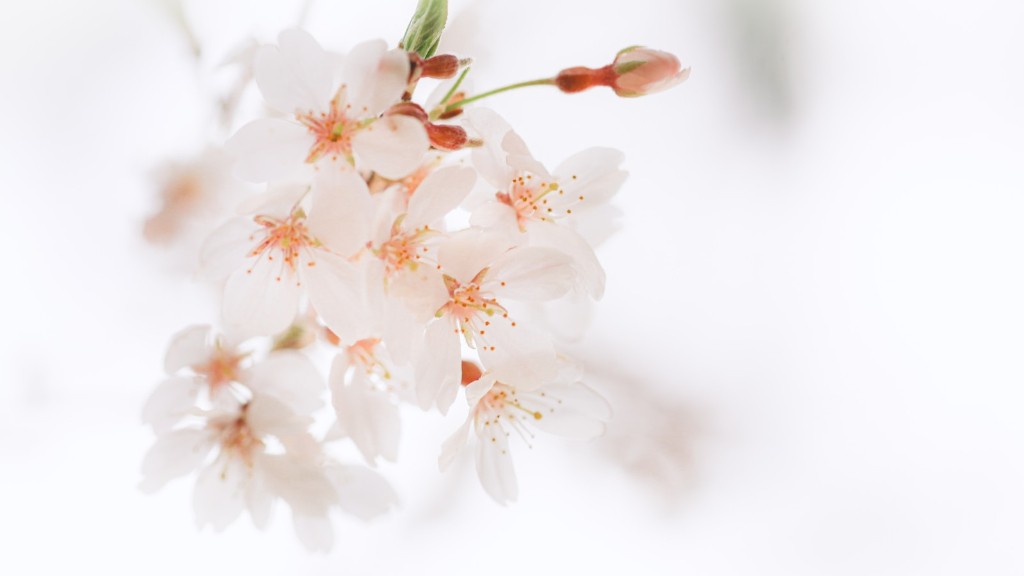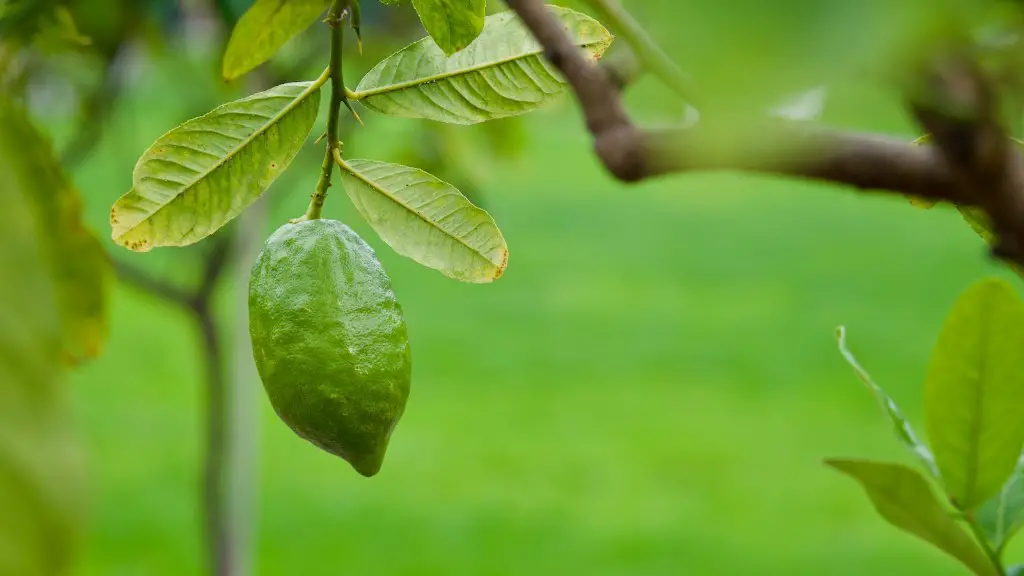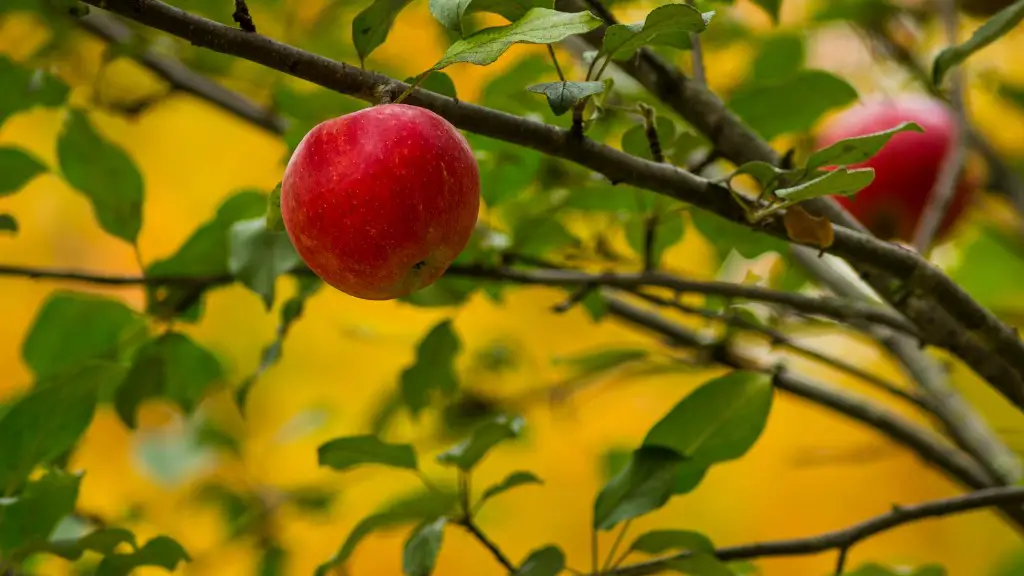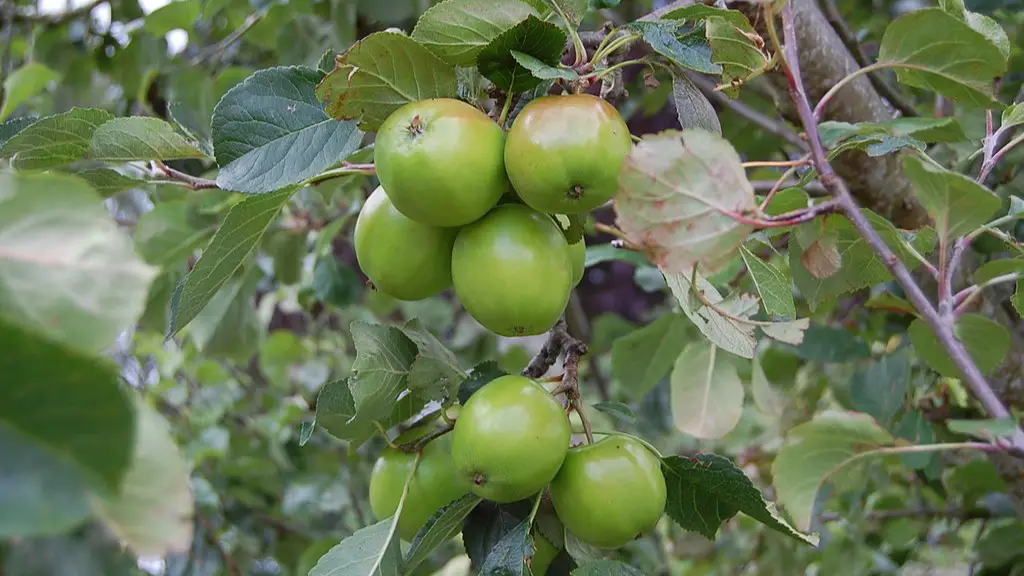Tools and Equipment Needed
Planting a Juliet cherry tree is a relatively simple task, but requires a few essential tools. Start by gathering all of your supplies, including a trowel, gardening forks, organic planting soil, gardening gloves and a watering can or hosepipe.
For a Juliet cherry tree, you’ll also need enough space. Ensure the area where you’ll be planting your tree is suitably sized and free of large roots or other obstacles that could impede growth. Once everything is in place and you’re ready to start, you’ll be able to get underway.
Digging the Hole and Planting the Tree
The first step is to dig a hole for your tree. The hole should be approximately twice the size of the root ball. If the soil is very heavy, you can mix the excavated soil with compost and peat moss to make it more workable. Ensure to mound the soil in the centre of the hole.
Now, carefully lower the tree into the prepared hole. Make sure the root ball fits snugly and that the tree is sitting in the calyx, or cup-like depression, found at the base of the tree. Fill the hole with soil and press down firmly. Water your newly planted tree.
Tree Pruning
Pruning is an important part of ensuring the health and beauty of your tree. Prune out diseased, dead, or damaged branches, and girdling stems – those with weak attachments – as soon as possible. During the first couple of years, aim to eliminate any branches that are too close to the ground and any branches growing in the wrong direction. Prune 20-30% of the tree’s new growth toward the end of the season.
To help form a strong and natural-looking shape, step back and objectively assess the tree’s growth. As a general rule, it’s better to prune in stages than to make drastic wire-and-shear pruning cuts all at once. Be careful not to cut away more than a third of the tree’s new growth.
Watering and Fertilizing
For the first month or two, water your tree a few times a week. Make sure to deliver deep and frequent watering as the Juliet cherry tree has a deep root system and needs time for the roots to absorb the moisture. Fertilize your tree about three times in the first year. Use an all-purpose fertilizer formula and be careful not to over-fertilize.
Pest Control
Your Juliet cherry tree may suffer from insect infestations from time to time. Inspect your tree regularly for signs of insect activity and identify any pests as soon as possible so you can start treating them without delay. Common pests include aphids, mites, leaf miners and scale insects. Carefully follow the pest control instructions on the product packaging to ensure the pests are successfully eradicated.
Winter Care
In late autumn, protect your Juliet cherry tree from winter cold with a thick layer of mulch. For additional protection, install wrap around plastic or burlap shields around the tree. Keep the mulch at least two inches away from the base of the tree and remove any snow buildup beneath the tree. Prune the tree in late winter while it is still dormant.
Weather Protection
Juliet cherry trees are usually hardy, but it’s best to take proactive steps to protect them from extreme weather such as hail, wind, and heavy rainfall. Place a cover over the tree before any storm and if possible, stake the tree to prevent it from swaying too much in strong winds. Care for the tree after any major storm to check for any damage.
Pruning For Maximum Fruitfulness
For a Juliet cherry tree, prune for maximum fruitfulness. The appropriate pruning of a Juliet cherry will result in a higher crop yield, both in quality and quantity. Pruning not only reduces the shading of the deeply buried fruits, but it also helps open them to the sun and aids in nutrient absorption.
The Juliet cherry is a self-fertile tree, so it only requires one tree to produce its signature dark red fruits. It is advised to prune away any competing branches, as the Juliet cherry needs plenty of light and space to provide an abundant amount of fruit. This can be done by clearing away any branches that cross each other, as well as those that don’t act as a conducive shape for growing fruit.
Fungal Diseases Prevention and Treatment
Fungal diseases can quickly take over a Juliet cherry tree if left untreated. The most common diseases you’ll find in Juliet cherries are brown rot, anthracnose, and leaf spot. To prevent these fungal diseases, it is essential to keep an eye on the soil’s moisture levels. If the soil is too wet for too long, it could cause the diseases to spread faster.
It is also important to discard any fallen fruits and reduce the number of fruits on a single tree to around five to ten. These practices will improve the tree’s natural defences against the spread of funguses. To kill off the fungal disease, try pruning and removing any infected branches, as well as using sprays to reduce the population of spores.
Propagation by Grafting
Grafting is the process of joining two parts of a plant together to create a new plant with desired characteristics. It can also be used to help propagate a plant, making it easier to transplant. This is the most reliable method to propagate a Juliet cherry tree, as it tends to root poorly due to its thick bark.
To propagate a Juliet cherry tree, you must select the scion- or budding wood- you’d like to use, typically chosen from a nearby orchards. Prepare the rootstock by making a sloping cut on one side. Remove the bark, then cut a U-shape in the stock that’s slightly bigger than the scion. Place the scion so the branch is facing up and join the scion and stock securely with tape or twine. Cover the joint with grafting wax to protect the plant. After a few weeks, the graft should have taken hold and be ready for planting.
Crop Rotation for Maximum Yield
Crop rotation is the practice of regularly changing the location of where a particular plant species is grown. This will lead to more productive and abundant yields, as well as increase soil fertility, reduce the risk of soil-borne diseases and add organic matter. For Juliet cherry, it is best to rotate every three to four years with a wheat crop.
The rotation should include tilling or ploughing the soil to break up the root systems and improve the soil’s structure. If a wheat crop is planted, nitrogen should be added to the soil in the form of a fertilizer. Additionally, residues needs to be removed and completely disposed of, preferably two to three weeks prior to planting a new tree.
Creating a Tall Branched Tree
Pruning is the most effective way to give your Juliet cherry tree a beautiful, tall and branched shape, keeping it from becoming too wide. Prune the top of the tree to give it a height of around four to six feet. The branches in the middle should be about a foot apart, with branches on the bottom around half a foot apart.
Remove any branches growing on the inside of the tree’s canopy, as these won’t receive enough sunlight and will only add more weight to the tree. When you’re pruning, trim off any dead or weak branches as well, to ensure the tree is strong and sturdy. Prune larger branches one at a time and never remove more than ¼ of the branch’s whole growth all at once.




